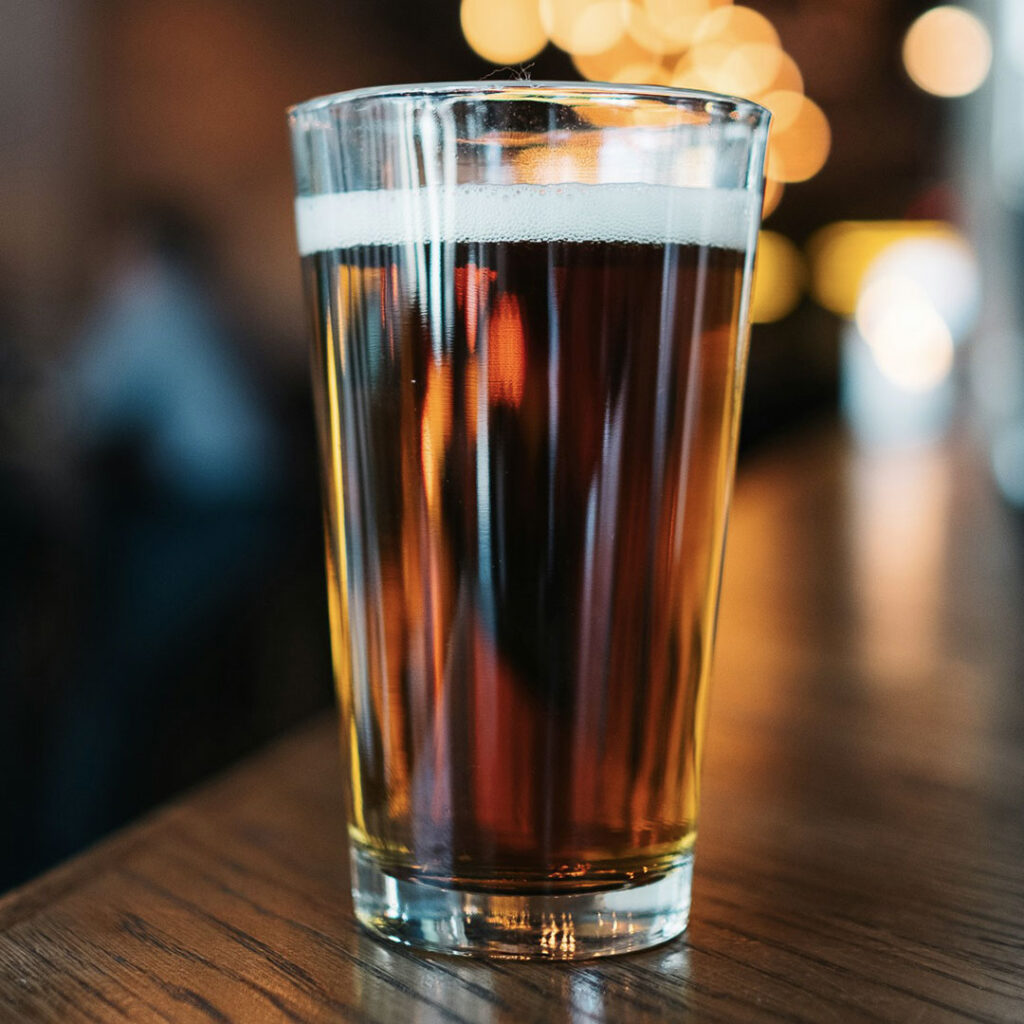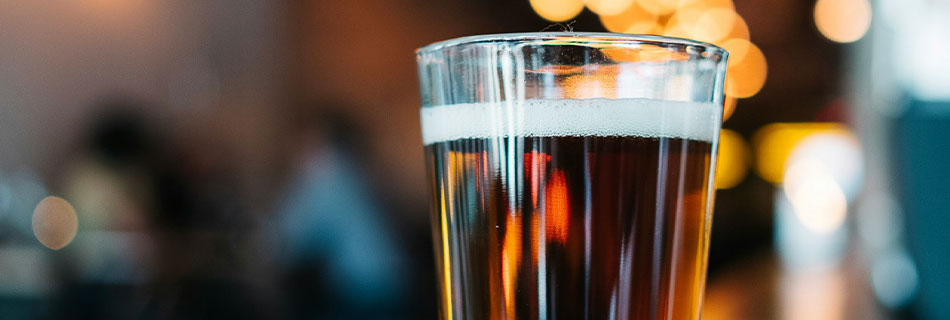You may have already read our latest article about caramel malts. To build on that knowledge, this month’s recipe focuses on a traditional English-style ale. Since this Best Bitter recipe relies on various caramel malts, it delivers a balanced malt backbone with a crisp finish. Moreover, it showcases how caramel malts enhance both flavour and mouthfeel.
A brief history of British Bitters
British Bitters evolved from English Pale Ales in the late 1800s. At first, brewers served them as draught beers – fresh, unpressurised, and poured with a hand pump at cellar temperature. Over time, however, the style continued to develop. By the 1920s and 30s, the use of caramel malts had become more widespread, leading to a richer and more complex flavour. Consequently, Bitters gained popularity and became a staple in British pubs.
Today, numerous variations exist. On one hand, some versions are darker and sweeter, with minimal head retention. On the other hand, others are brighter, hoppier, and offer a more pronounced foam. In this recipe, we focus on Best Bitter, which sits right in the middle. Not only is it more flavourful than Ordinary Bitter, but it is also less complex than Extra Strong Bitter. In general, a well-brewed Best Bitter should be firmly bitter yet balanced by malt sweetness.

| Original gravity | 1040 – 1048 |
| Final gravity | 1008 – 1012 |
| Colour EBC | 16 – 24 |
| Colour Lovibond | 6.5 – 12 |
| IBU | 25 – 32 |
| ABV % | 3.8 – 4.6 |
Grain bill
| Variety | Quantity | Quantity | Colour EBC | Colour ºL | Ratio |
|---|---|---|---|---|---|
| Swaen Ale | 3.5 kg | 7.7 lb | 7 | 2.6 | 84% |
| Gold Swaen Red | 0.3 kg | 0.66 lb | 50 | 19 | 7% |
| Gold Swaen Brown | 0.2 kg | 0.44 lb | 220 | 83 | 5% |
| Black Swaen Biscuit | 0.15 kg | 0.33 lb | 80 | 30 | 4% |
Pale Ale malt forms the foundation of any Bitter. To enhance the malt profile, we recommend ~10% caramel (crystal) malt. Notably, darker caramel malts contribute caramel and toasty notes, whereas lighter ones provide sweeter caramel flavours. Additionally, we include Biscuit malt to add a crisp, nutty character. Furthermore, to ensure proper extraction, a moderate one-step mash at 67°C (152°F) works well for this style.
Hops
| Variety | Quantity | Quantity | Duration | Alpha acid | IBU |
|---|---|---|---|---|---|
| Challenger | 14 g | 0.5 oz | 60 min. | 9% | 18 |
| East Kent Goldings | 28 g | 1 oz | 20 min. | 4.5% | 11 |
| East Kent Goldings | 28 g | 1 oz | 5 min. | 4.5% | 4 |
Hop bitterness and flavour should be noticeable; however, they should never overpower the malt. For this reason, traditional English hop varieties work best in this Best Bitter recipe, as they maintain the classic balance of the style.
Yeast
For fermentation, we recommend Gozdawa Whitbread (Original British Ale Yeast 04). Because this UK-origin yeast strain produces clean, top-fermented beers, it ensures a neutral final aroma. As a result, the malt and hop characteristics remain well-defined.
| Temperature | Optimal temperature | Attenuation | Flocculation | Alcohol tolerance |
|---|---|---|---|---|
| 15-22⁰C | 16-19⁰C max. | 75% | High | Up to 10% |
Results
| Batch size | 19 L / 5 gallon |
| Efficiency | 70% |
| Original gravity | 1044 |
| Final gravity | 1010 |
| Colour EBC | 22 |
| Colour Lovibond | 10 |
| IBU | 32 |
| ABV % | 4.5 |
| Carbonation | 1.8 |
| pH | 5.2 (adjusted by 1 tsp citric acid) |
Appearance
Orange colour, creamy foam.
Taste profile
Great introduction to the balance of English style malts and hops.
Food pairing
BBQ, burgers, English pub dishes.


